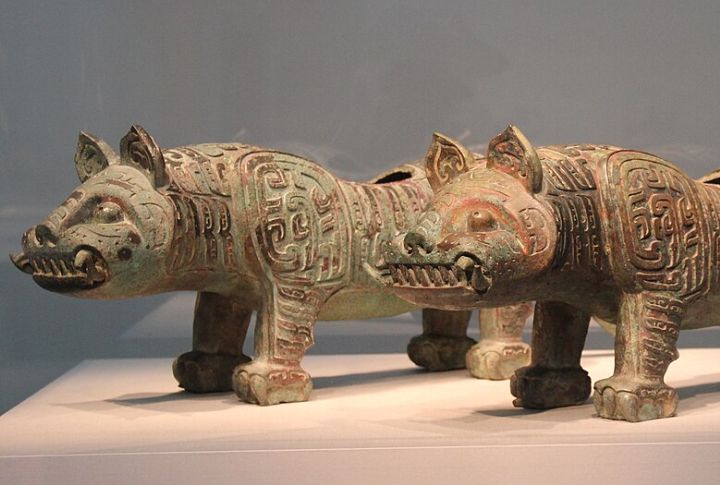
Across ancient empires, big cats were symbols of the divine in some cultures and warnings in others. Rulers and warriors believed these formidable beasts held spiritual significance, influencing everything from royal authority to battle strategies. Ultimately, their influence shaped the course of history. Let’s explore the empires that revered or feared these powerful creatures.
Assyrian Empire
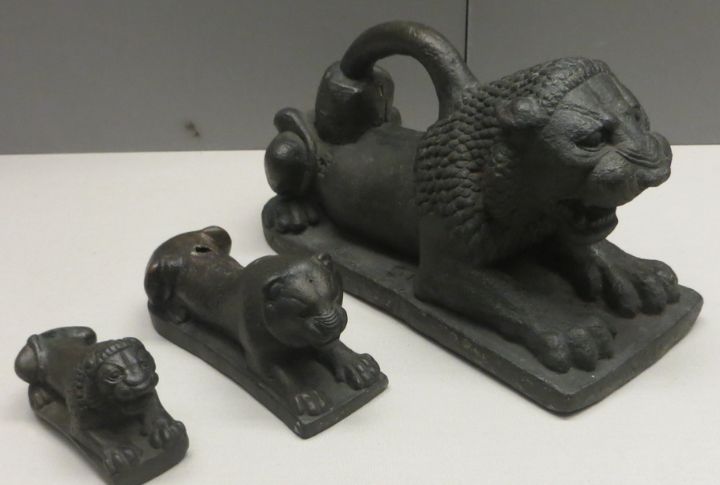
Assyrian kings staged public lion hunts to prove divine favor and total control. Such violent events weren’t about bravery; they had a bigger meaning. Stone carvings showed kings striking the predator mid-roar, using the hunt as a harsh form of state-sponsored display to showcase their unmatched power.
Scythian Culture
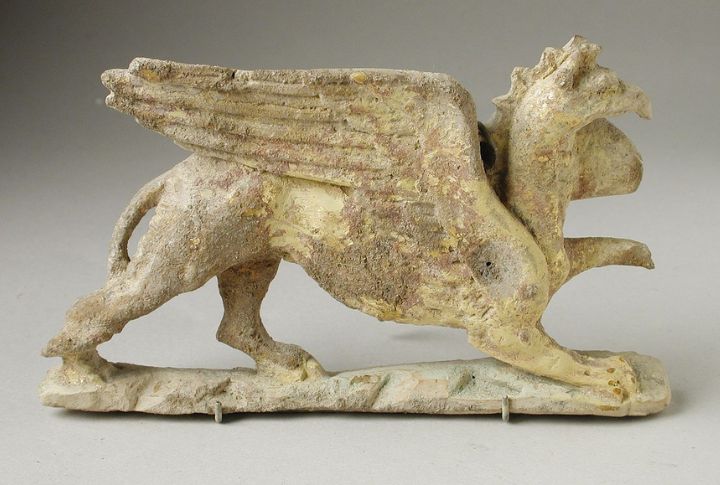
The nomadic Scythians highly valued the griffin, a mythical being that combined the body of a lion with the head and wings of an eagle. Seen as a symbol of protection, it appeared in their gold artwork, jewelry, and weapons, representing both earthly strength and spiritual vision.
Benin Kingdom
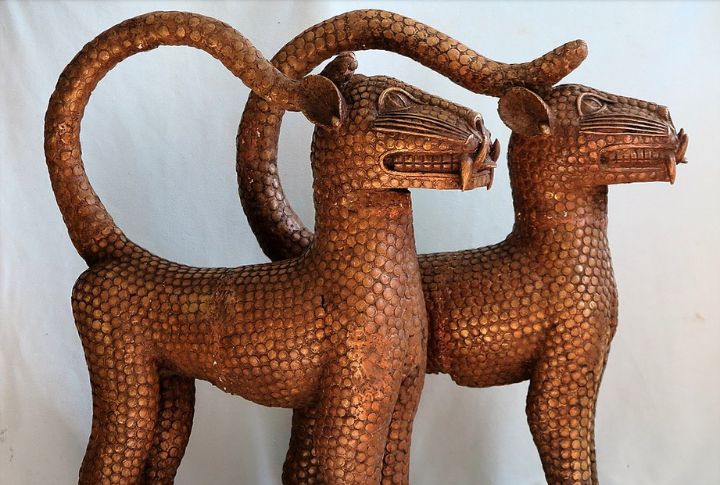
In Benin, the leopard didn’t just represent royalty—it defined it. The Oba’s divine right was backed by this elusive predator. Royal guards were dubbed “leopard warriors,” and court art often showed the king merging with the animal itself, which emphasized his supreme authority and strength.
Aztec Empire

The jaguar was both sacred and feared by the gods. Aztec warriors wearing jaguar skins were seen as embodiments of night gods. Rituals influenced by this predator shaped battles and cosmic cycles. In temples and codices, the jaguar symbolized the link between life and spiritual fire.
Medieval Europe
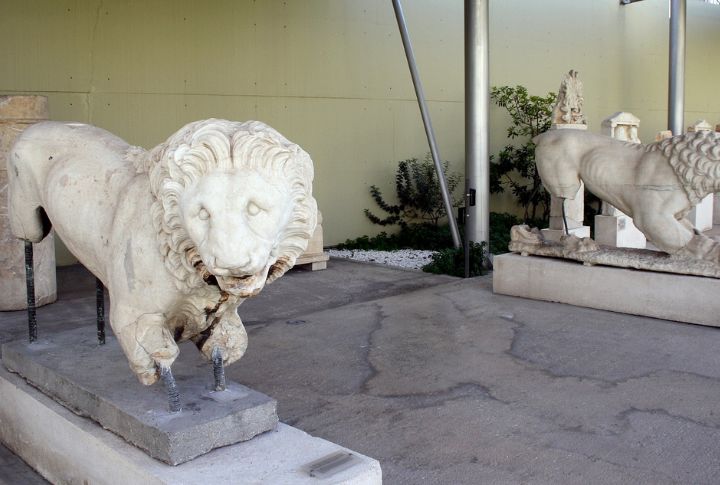
Lions didn’t roam medieval Europe, but their image still held weight. Carved into cathedrals and stamped on royal shields, they represented courage and control. Nobles used them to show status. Even without seeing one, people believed the animal stood for something powerful and worth respecting.
Chinese Dynasties
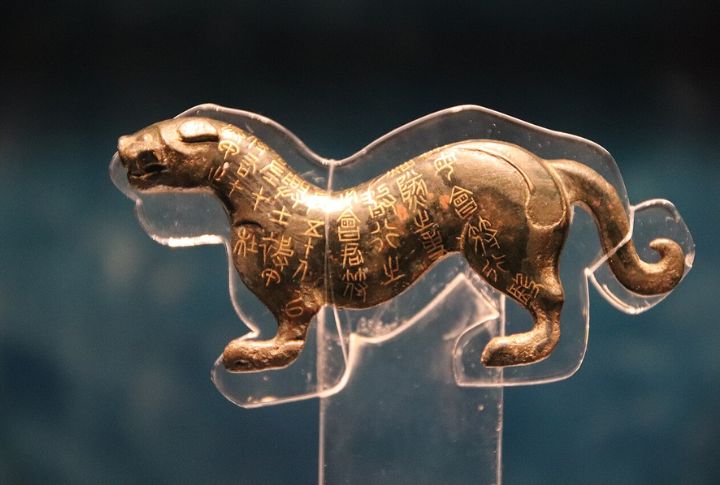
Picture a stone tiger standing at a temple entrance, claws out and eyes locked forward. In ancient China, people didn’t fear the tiger—but respected it. As guardians, tigers were carved into armor and displayed on military seals. Their presence shaped both legends and wartime traditions.
Ancient Egypt
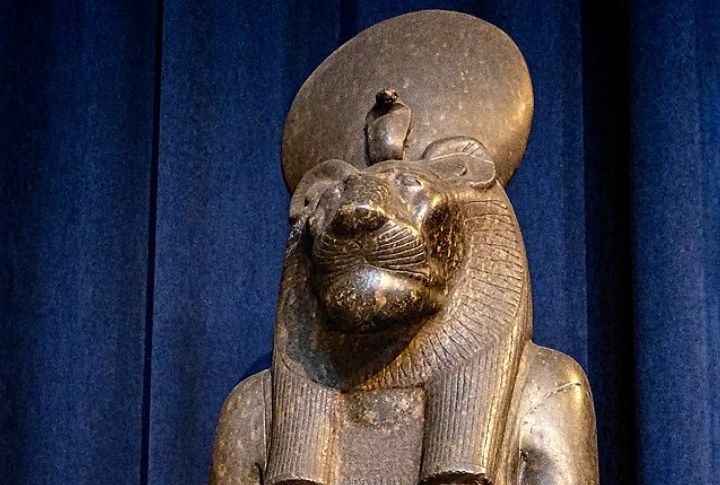
Priests uttered her name only in times of plague and bloodshed. With the face of a lion and the fury of a storm, Sekhmet wielded the power to both spread and cure sickness. Pharaohs invoked her during the war, while temples offered tributes, praying to keep her wrath in check.
Mughal Empire
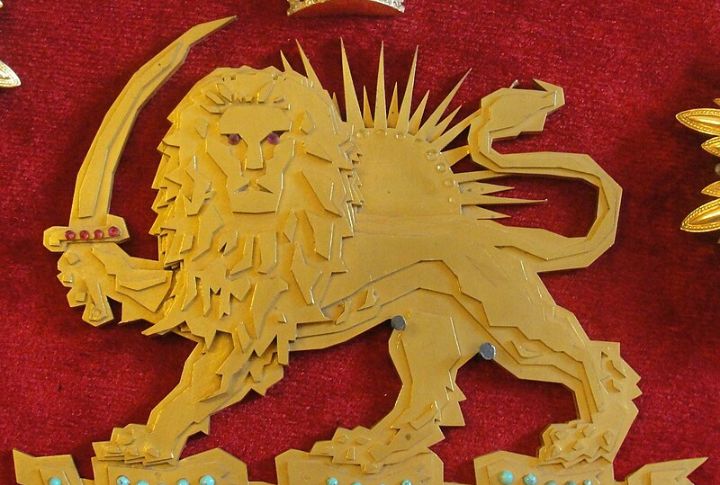
Can a painted lion have as much power as a real one? The Mughal emperors believed it could. These great cats showed up on thrones and royal manuscripts to symbolize strength and authority. The rulers saw themselves as chosen by the heavens, like heroes from ancient Persian stories.
Inca Civilization
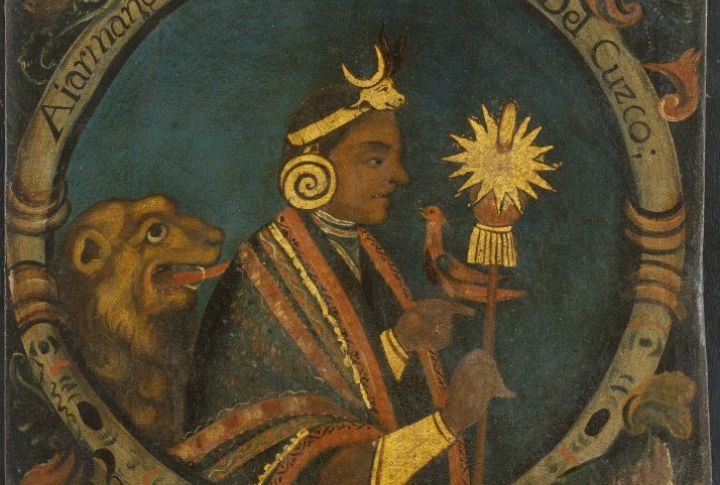
The Inca Empire’s capital city was planned to reflect a puma’s form. Cusco mirrored sacred beliefs, where the powerful animal ruled the living world. This wasn’t just design. Instead, it reflected spiritual order. In both sculpture and myth, the puma guided daily life and helped maintain balance.
Roman World
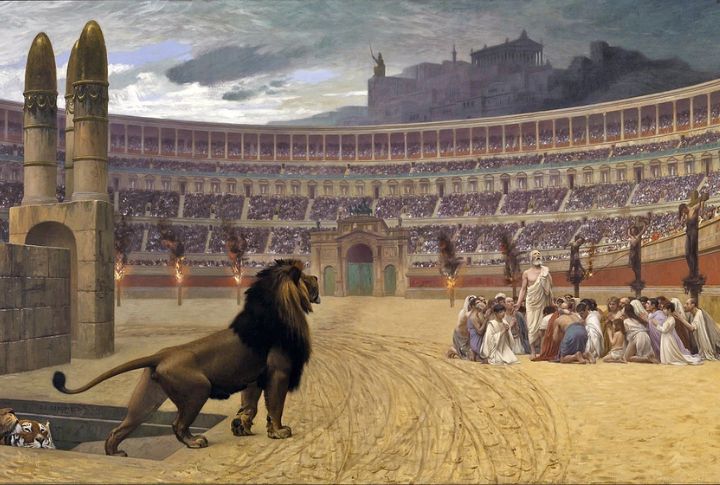
Imagine standing in a Roman arena as a lion charges toward you. These fierce creatures were used to punish and terrify. Crowds cheered as prisoners fought for survival. The show sent a message. To the empire, these beasts represented fear, power, and total control.

